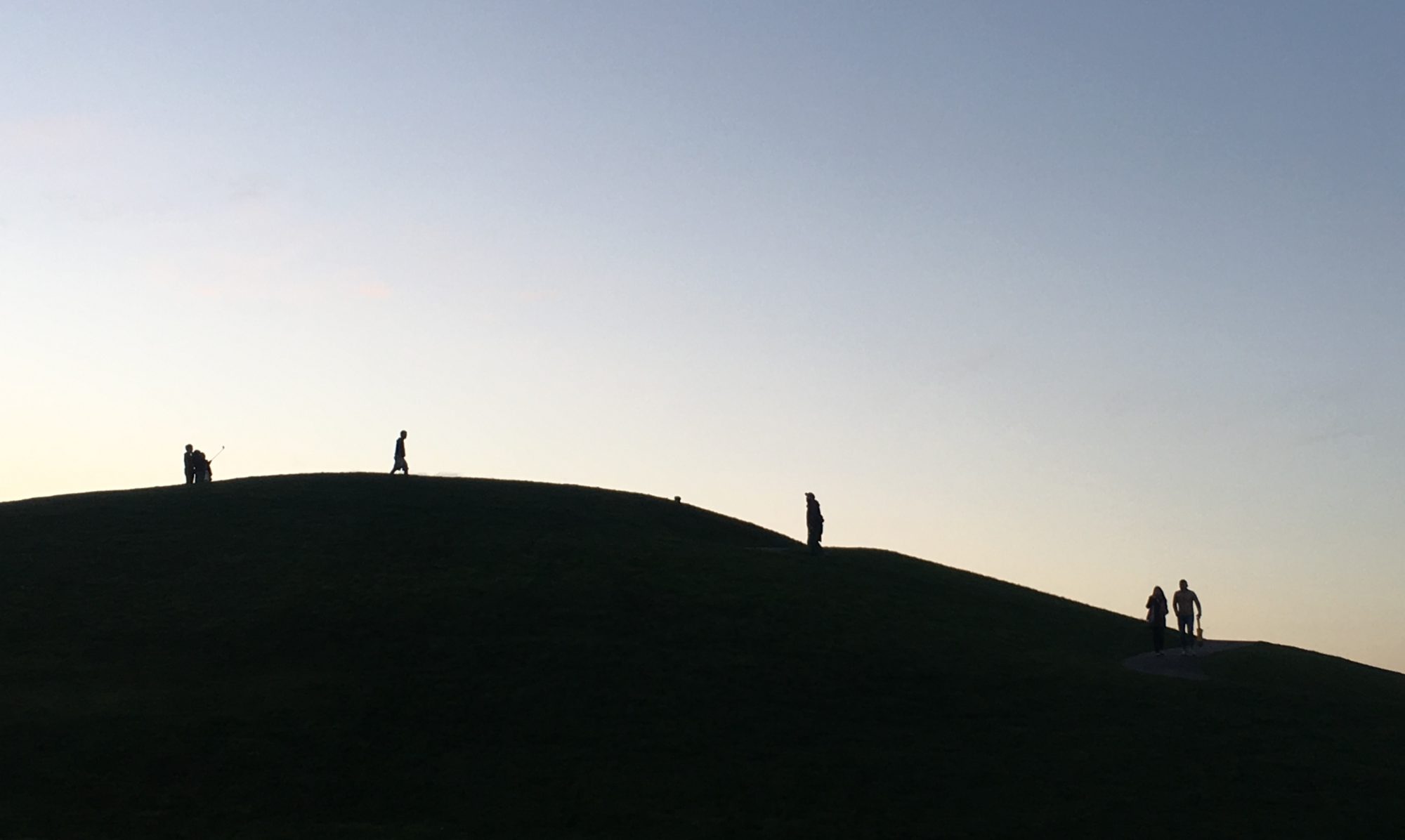Not far from where I live in London there is a small museum dedicated to modern Italian art. It was founded to display the collection of Erik and Salome Estorick, who lived in England for some years in the late 1940s and early 1950s, from where they travelled regularly to Italy to meet with artists and buy paintings and drawings. In the museum’s permanent collection there are several works by Giorgio Morandi, the greatest European still-life painter of the twentieth century and, whenever I visit the museum, I like to spend some time in the room where his work is on display. His etchings achieve a wonderful sense of depth by means of simple variations in the density of the lines, while in his paintings, with their narrow range of creamy blues, greys, and whites, he generates a curious combination of calmness and vitality.
The English term “still-life” refers to paintings that portray neither the human figure nor the landscape, but everyday household objects: vases, glasses, and pots in Morandi’s work; other painters have included cutlery, bowls, dishes, flowers, fish, vegetables, fruit, musical instruments, pens, ink, manuscripts, and books. Still-life painting draws attention to the technical skill of the artist – the ability to represent light and shadow on a wide variety of shapes and surfaces – while also drawing attention to everyday objects to which we often pay little heed. One of the best books of art criticism that describes the history and characteristics of the genre, by Norman Bryson, is called Looking at the Overlooked, which nicely captures the sense that these paintings are designed to remind us of what is familiar but routinely neglected. Sometimes these artworks include hourglasses or clocks, to signal to the viewer the importance of the passage of time, and in other cases they include human skulls, to signal that life is finite. The French name for the genre, nature morte, translates literally as “dead nature”, which make this point rather more bluntly than its euphemistic English equivalent: inert matter might sometimes be overlooked in its stillness, but organic matter is always in transit from birth to death.
Continue reading “Selfie”